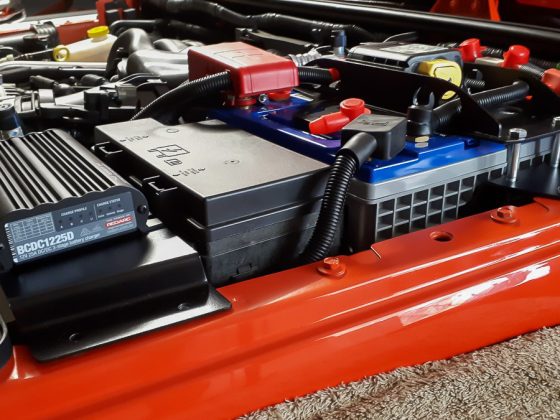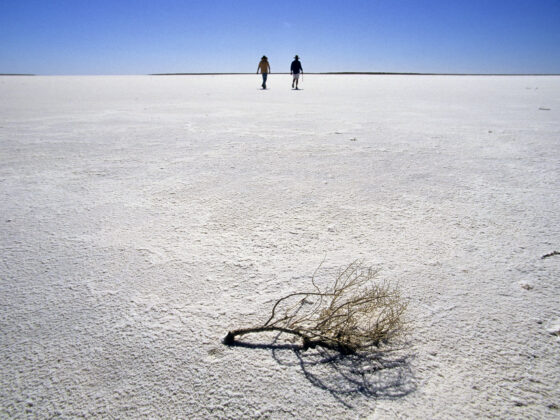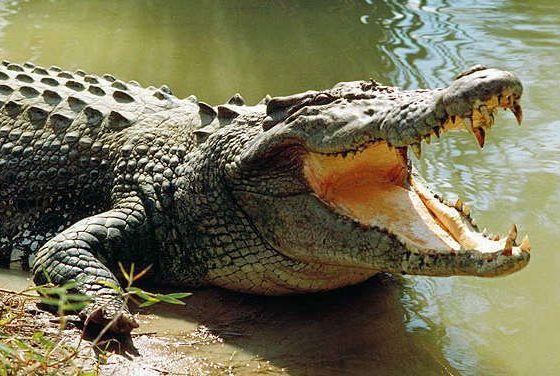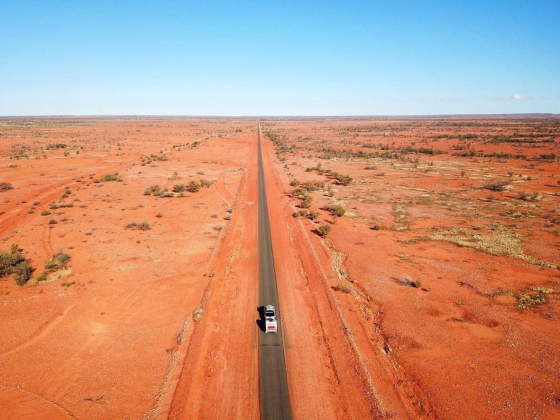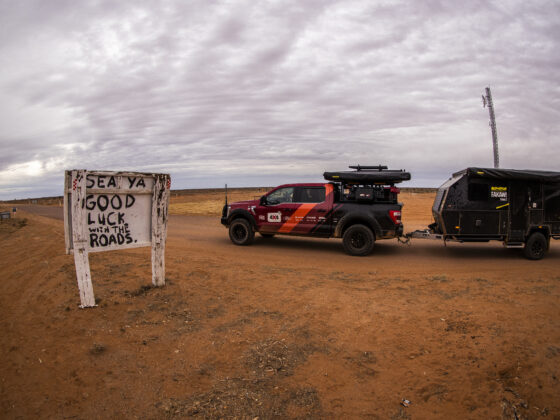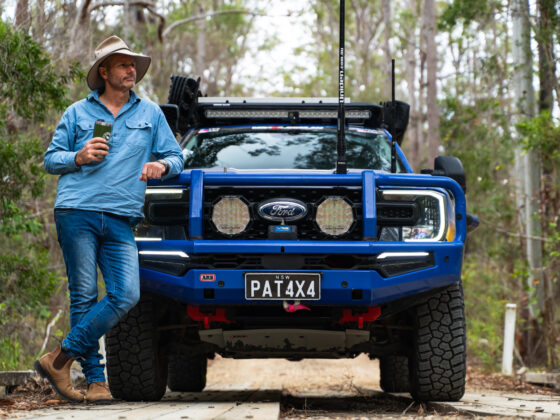New to the world of metal detecting? This guide will help get you out there, swinging a detector with the best of them.
Metal detecting is one of the greatest hobbies that goes perfectly in hand with four-wheel driving. Whether you know it or not, many of the places we end up in our four-wheel drives are a veritable smorgasbord of forgotten relics, treasures and even that yellow metal in the ground; the stuff legends are made of.
However, for many, myself included, just buying a detector and being set loose into the great unknown will find you digging holes for what might or might not even be worth digging. Alternatively, you’ll be missing targets (a target is something that gives a signal to your detector – namely a metallic object under the ground), that once you’ve got a handle on detecting, you won’t believe that you’ve missed them previously.
For this guide, I thought I’d share with you some of the hard-earned lessons I’ve managed to pick up through years of trial and error and give you a solid chance of finding a long-forgotten treasure as soon as you get out there.
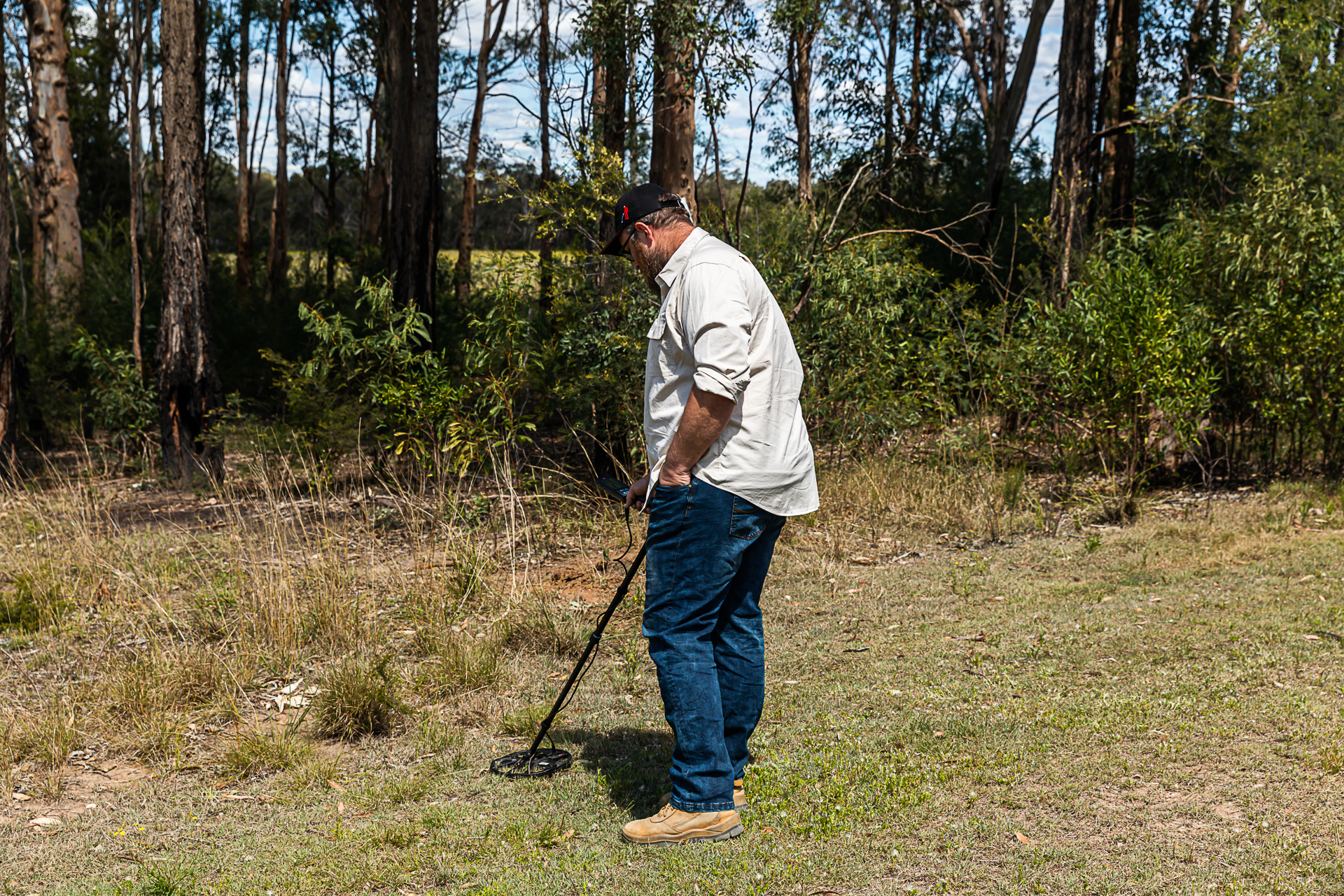
Keep in mind this is going to be a reasonably broad beginners guide; we’ll go into specific detail on different detecting, detectors and whatnot in future.
What you need: Tools and Detectors
First things first, you need a detector. I’m absolutely partial to Minelab detectors; Minelab is an Australian company, and their design and research is all done here in Australia, to Australian soil conditions and mineralisation. So they’re about as good as you can get for us Down Under.
Which model detector you get will largely depend on what you want to do with it. There are two main types of detectors – those built for treasure and relics, and those tuned more toward gold. Don’t get me wrong both will work for both types of detecting; however, one is more finely tuned to one type of detecting than the other. Think of it like a four-wheel drive built for touring, versus one built for Tuff Truck. They’ll both go four-wheel driving, but they’re built and set up for different jobs. Worth noting, I’ve got an SDC 2300 for chasing gold, and an Equinox 800 for chasing old relics and coins.
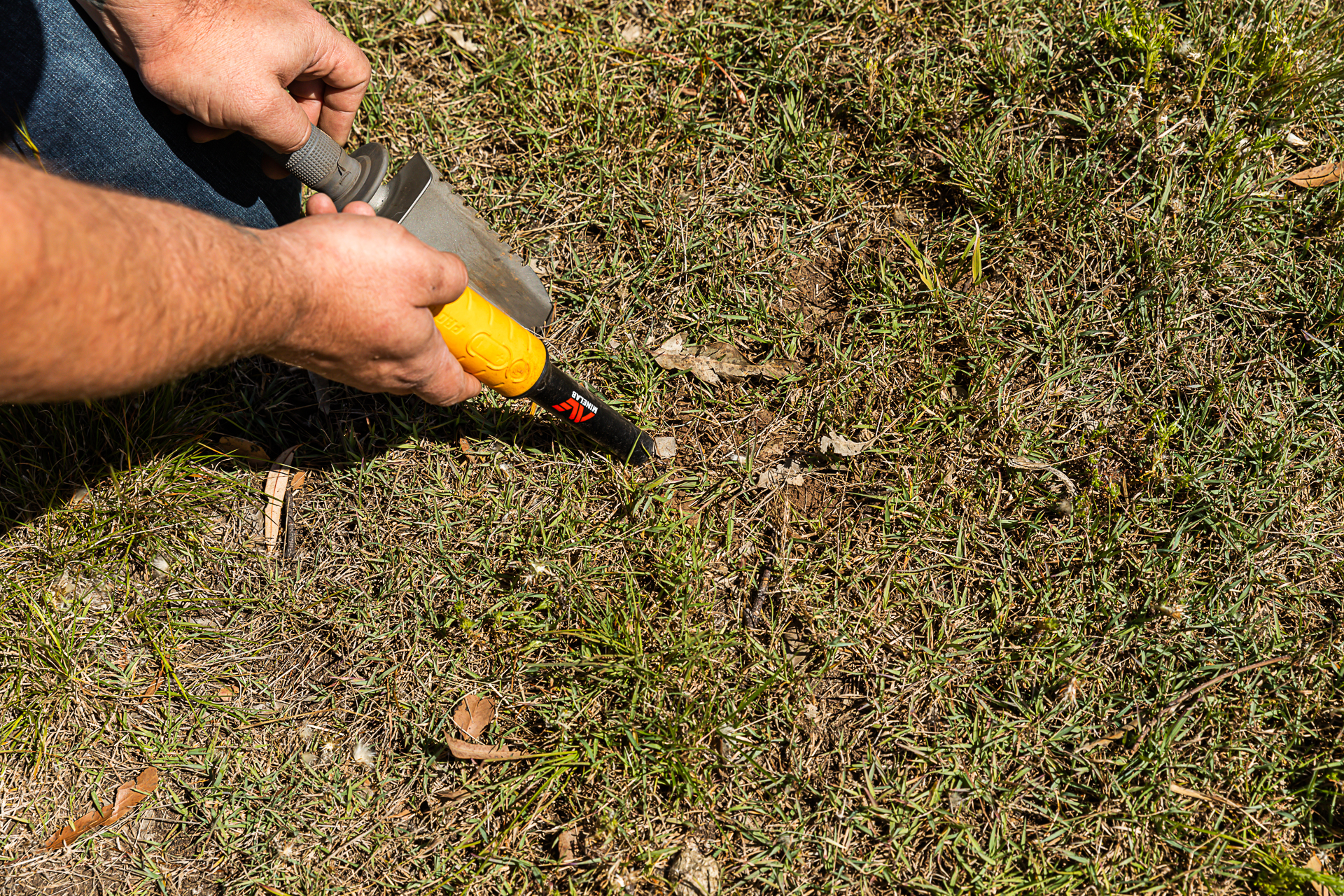
From there you’ll probably want a ‘Pin Pointer’. These devices are to help you pinpoint a target easier and quicker than you might with a detector. Where you’ll find the general location with the detector, the pinpointer will get you right on the target (and within a hole). This is especially useful when you’re hunting coins and relics, and you don’t want to dig up a square foot of nicely mown grass in a park.
Next, you’ll want to be able to dig your hole. A little metal trowel is a magic place to start, as well as a pick/mattock. You can get specific detecting gear from your local detectorist shop, which will see you retiring the gear you bought from Bunnings in short order to the back of the garden shed. That’s personal experience talking there. Please don’t make my mistake; buy the right tools the first time around.
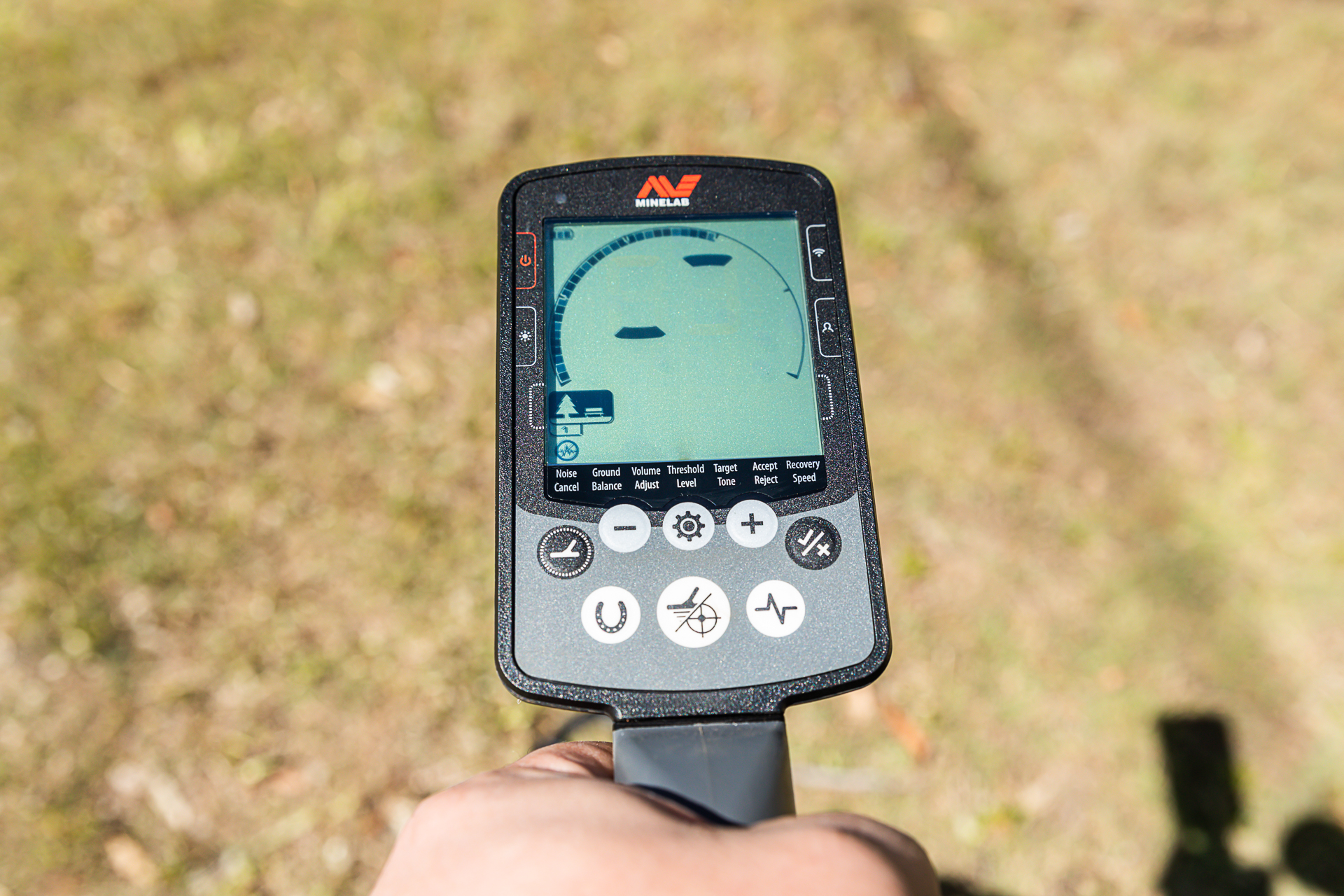
Finally, you’ll want somewhere to keep the treasure you’ve found whether that be a zip-lock sandwich bag, old film canister, or a dedicated pouch that hangs on your belt. This will save you losing any treasure you’ll find.
If you’re just chasing gold in the goldfields, a plastic trowel is a must too – it allows you to wave the dirt you’ve pulled out of a hole over the detectors coil without setting it off as a metal one would. Metal trowels are more for use in parks; removing plugs of dirt from the ground, and then chasing the target down with a pinpointer.
Where can you go detecting?
The answer to this depends state to state. The rule of thumb is, state forests are usually okay (but check with your local state forest agency first), and National Parks and State Conservation Areas are entirely off-limits. That said, a little bit of research on where you want to go will tell you whether detecting and prospecting are allowed.
Beaches below the high-tide mark are usually okay; however, some beaches have rules around detecting. Same too for council parks, however it is best to check with the local council on whether you need permission, or if it is even permitted.
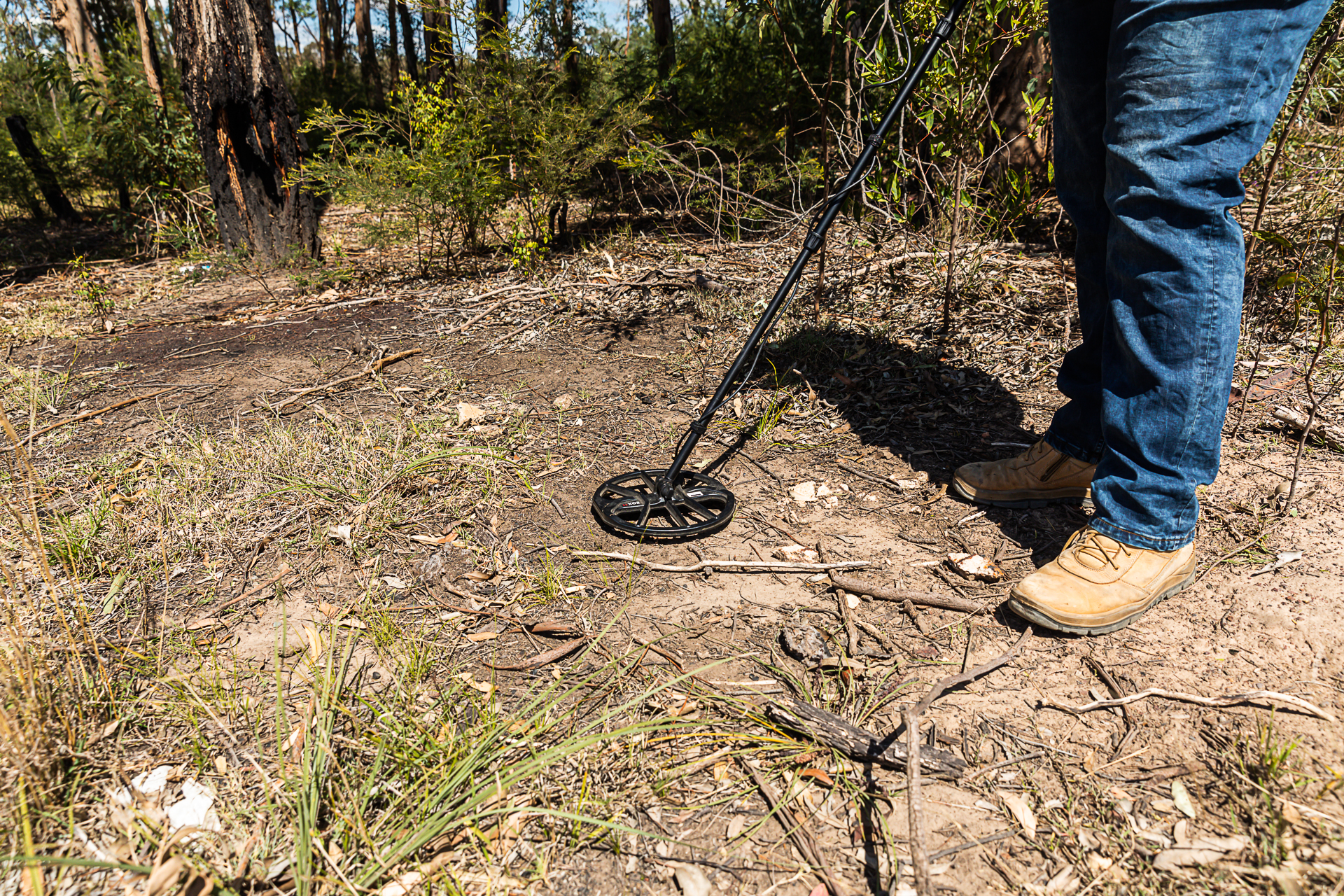
For any private property, you’ll need express permission to detect on the land – often verbal is enough, however, wherever you can, try to get permission in writing. This goes for anywhere that there isn’t a specific border or fence; detecting without permission can come with rather large fines.
Most goldfields have either dedicated prospecting areas, or are just open season – again, do the right thing, seek permission where you can, and a little bit of research will go a long way.
There is a detecting etiquette guide towards the end of this article that is worth reading too.
Where should you go detecting?
The answer to this question is much like “where’s a good fishing spot?”. Throwing a line out in your backyard kiddie pool probably isn’t going to net you any fish – same too for detecting.
If you’re chasing gold, you generally want to start your search where there has been gold found previously. Whether that be in recent times or detecting over the workings of long past gold rush areas; there is plenty of information online on previous areas in which gold has been found, so 90 per cent of finding gold, will come down to your research. That said, gold has been found in every state and territory in Australia, so an area that you will find gold won’t be too far away.
You want to look for old diggings, and if you enjoy the research, learning about the geology of gold-bearing ground and rocks, and the types of vegetation that go along with gold-bearing ground will get you on the right path.
For chasing old relics and old coins, again research is vital. Unless your house has been built on a well-travelled historic site, your backyard might not yield excellent results. It is, however, an excellent place to start to get used to your detector; throw some coins into the grass, and you’ve got your very own practice patch.
Talk to the local historical society and check the local library for information on old abandoned sites and areas close to you. Same too for parks and areas local to you that may have been there for over a hundred years. As an example, there is a location close to me that used to hold a farmers market back in the very early 1900s near me that keeps bringing up decent finds – all it took to find it was a bit of research. Old train lines and stations also often return good results – from buttons to coins and belt-buckles. Do some research, and then go swing your detector where you find some history.
Initial Setup
In my collection, I’ve got a Minelab SDC 2300 detector, and also a Minelab Equinox 800, and the initial setup couldn’t be more straightforward. We’ll stick with the Equinox 800 here, as it’s straightforward to use, and an incredibly powerful detector.
For the Equinox 800 it’s as simple as this:
Select the detecting mode for where I’ll be detecting – Park, Field, Beach or Gold (with each having two modes within). The manual offers up a lot of information on the different modes; disregard the manual at your peril.

Complete an automatic ‘Noise Cancelling’ scan. This allows the detector to sense and then negate any EMI (Electro-Magnetic Interference). This takes just under 10 seconds to complete. While the detector is scanning, it’s good practice to hold the coil perpendicular to the ground, and point it in the direction of the nearest obvious EMI generator – most often powerlines.
Next, you’ll want to ground balance the coil. Do this by selecting ground balance, and ‘pumping’ the coil up and down, so it’s about four inches off the ground, down to just off the ground, between 5-7 times (or about 10-seconds). Ensure you don’t touch the ground with the coil when you’re doing this. This allows the coil to read the ground you’re working on and filter out any noise from mineralisation.
There are, of course, more settings, such as sensitivity, threshold and discrimination; however, the Equinox 800 is pretty much spot on out of the box. You don’t need to go and play with the settings the first time you use it, as they’re very well set up from new for most detecting.
Then you’re off detecting!
Swinging the detector
You want to sweep your coil in front of you, at about the 10-o’clock position to about 2-o’clock. When you are sweeping it, do so slowly, especially when after gold. The Equinox 800 in relic/treasure mode can just about be set at whatever speed you want, however, the faster you go, the shallower it will read. While you’re still learning, you want to keep everything nice and slow, so you can get your technique perfect. While you’re sweeping the coil, make sure you keep it parallel to the ground. Don’t lift it at the end of your arc like a pendulum.
Swing your coil right on the ground! The base of your coil will have a ‘sacrificial’ skid plate. Make sure you run it just over the ground, bumping/skimming over rocks, leaf litter and grass as you go. A replacement coil skid plate is around $30 and keeping the coil an inch above the ground so that you don’t scratch it up, means you’re not going to pick up a target that extra inch deep.
Think of the coil as a Texta (or Sharpie) and the ground you’re covering a massive bit of paper. You want to make sure you colour everything in. Don’t leave any ground undetected. The easiest way to do this is slow your walking down with your coil swinging; take little steps.

If you don’t happen to have a ‘digging-fairy’ (read: kids to dig the hole for you!) and are carrying all your digging gear yourself, make sure it’s well away from the coil. A pick or mattock goes over the shoulder, and make sure you don’t wear steel cap boots – if you do, you’ll find a target that moves just as you do. Make sure you keep any rings or jewellery away from the coil when trying to find that target, or waving the plastic trowel over the coil.
If you do happen to go detecting with a mate, the kids, or the better half and there’s more than one detector, make sure you keep at least 15-metres separation between detectors. Close detectors will impact each other, and you’ll hear a wavering tone if you’re too close.
When you find a target
For a detector without an LCD screen (like my SDC 2300), it’s all in the ears. With your threshold set right, you’ll have a bit of background chatter, but when you go over a target, there will be a specific tone ping that you will hear. Make sure it’s repeatable; go back and forth over it to make sure it’s a real signal, not just interference. This is why headphones are so critical when chasing gold and relics, so you will absolutely hear the tones.
For a detector with an LCD screen (like the Equinox 800), your screen will give you a number ID on the screen. Time practising will tell you what number equates to what, but I can tell you 20-22 means copper, usually a penny or dollar coin. Again, you’ll need to make sure it’s a repeatable target.
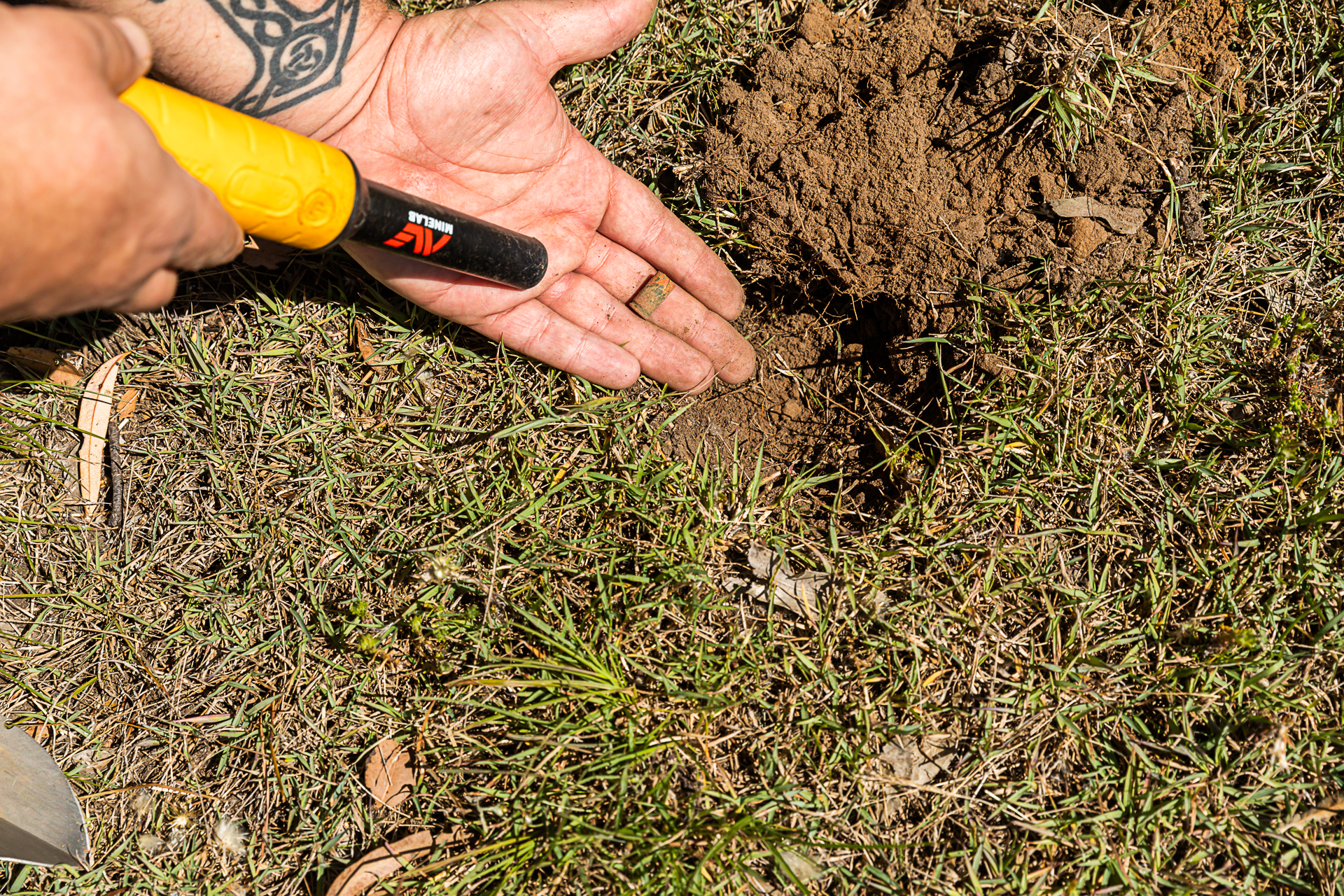
Once you’re sure it’s a real target, you’ll want to step to the side of the target (at 90° to it) and re-sweep the area to get a good idea of where it is. This will help you pinpoint the location of the target to within a few inches.
Be prepared when hunting gold to dig lead shot, old nails, and well, anything metallic that has been left over the years. But sometimes, you’ll get a target that is proper gold. Having the discrimination of the Equinox is excellent in that you can filter out ferrous (or iron/steel) targets. So often you won’t get a ping for rusty old nails and horseshoes. That said, you can put it on ‘all-metal’ mode, and it will find everything; that bit’s up to you.
What should I expect to find
They say a bad day fishing beats a good day at work any day. This couldn’t be more true for metal detecting. If you’re able to get out and among the bush, relaxing while you swing a detector side to side you’re already winning. That said, realistically what I would call a good day is a couple of coins or relics if I’m in town or at the beach, or a couple of sub-gram pieces of gold if I’m out in the goldfields.
To give you an indication, a good day in the goldfields recently with a couple of mates with two detectors between us, netted us four pieces of gold that weighed about a gram in total. It was a great day out with mates, enjoying the Aussie bush and each other’s company, and making your mate dig your holes while you were swinging the detector was icing on the cake!
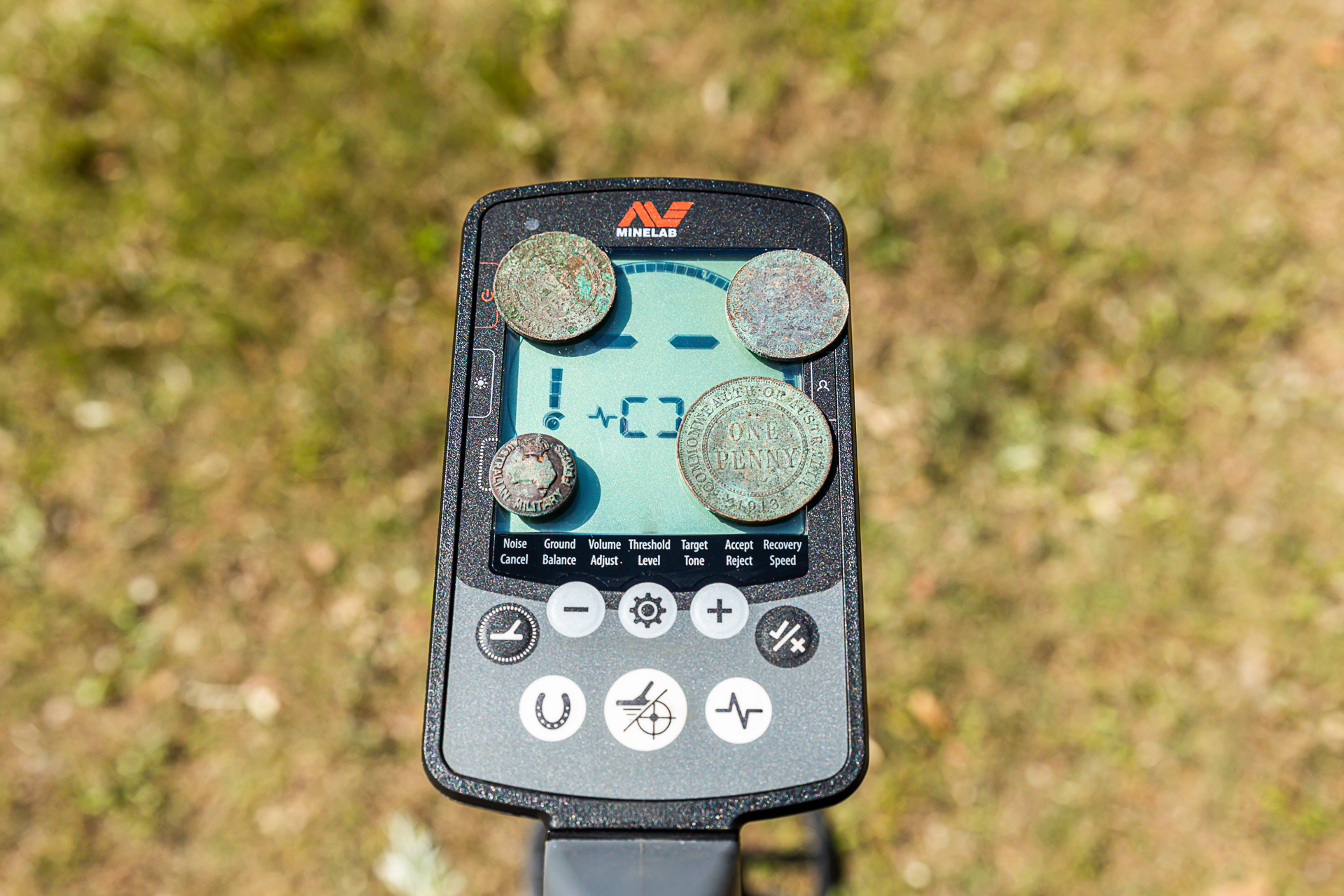
As with fishing (and I’m not very good at fishing!), some of us get a fish or two and are happy as Larry. Then there’s the bloke who comes home with the bag-limit every time he goes out. It all comes down to experience, knowledge, and research. Don’t expect to come home with a one-kilogram nugget first time out. If you do, let me know where you got it, will you?
Detecting etiquette
Use the right digging tools
If you’re digging up grass, use a sharp knife to cut a horseshoe shape in the grass and lift it, folding the ‘plug’ back over on itself. Then use a small trowel to dig the dirt underneath. Ensure all the dirt you dig goes back in the hole, and place the ‘plug’ back on top. This ensures the grass doesn’t die in that one spot.
Leave no trace
Like four-wheel driving, leave the place as you found it. Clean, clear and free of a bunch of digging holes. No matter what, fill in your holes. Same too for any rubbish you take in; take it out.
Get permission
Before you enter any private land, ensure you have the appropriate permissions to enter. Preferably in writing.
As with four-wheel driving, there are more than a few places that have been shut off to fossicking and metal detecting simply due to the very few who abuse the hobby and do the wrong thing. Please make sure you do everything you can to ensure we’re all able to keep enjoying this hobby across Australia.




